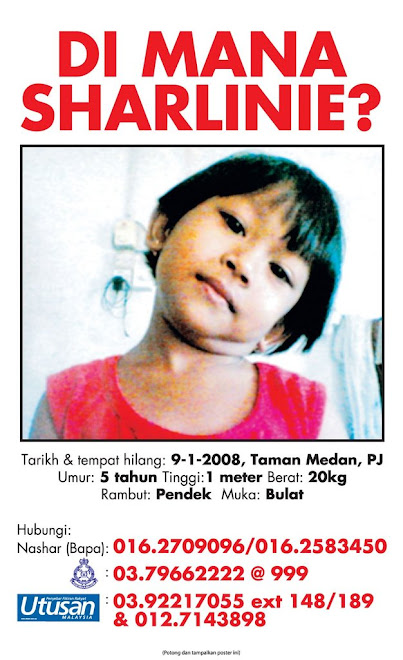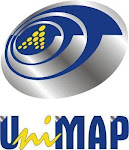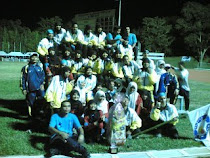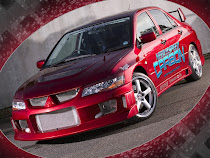Abstract
Technology is a broad concept that deals with a species usage and knowledge of tools and crafts, and how it affects a species' ability to control and adapt to its environment. In human society, it is a consequence of science and engineering, although several technological advances predate the two concepts. Technology has affected society and its surroundings in a number of ways. In many societies, technology has helped develop more advanced economies and has allowed the rise of a leisure class. Many technological processes produce unwanted by-products, known as polution, and deplete natural resources, to the detriment of the Earth and its environment. Various implementations of technology influence the values of a society and new technology often raises new ethical questions. Examples include the rise of the notion of efficiency in terms of human productivity, a term originally applied only to machines, and the challenge of traditional norms. Some technology like wireless sensor network has become interesting part for our life. And that technology is our assignment for this course.
INTRODUCTION
Wireless sensor network
A wireless sensor network (WSN) is a wireless network consisting of spatially distributed autonomous devices using sensors to cooperatively monitor physical or environmental conditions, such as temperature,sound, vibration, pressure, motion or pollutants, at different locations. The development of wireless sensor networks was originally motivated by military applications such as battlefield surveillance. However, wireless sensor networks are now used in many civilian application areas. In addition to one or more sensors, each node in a sensor network is typically equipped with a radio transceiver or other wireless communications device, a small microcontroller, and an energy source, usually a battery. The envisaged size of a single sensor node can vary from shoebox-sized nodes down to devices the size of grain of dust, although functioning 'motes' of genuine microscopic dimensions have yet to be created. The cost of sensor nodes is similarly variable, ranging from hundreds of dollars to a few cents, depending on the size of the sensor network and the complexity required of individual sensor nodes. Size and cost constraints on sensor nodes result in corresponding constraints on resources such as energy, memory, computational speed and bandwidth.
A sensor network normally constitutes a wirelessad-hoc network,meaning that each sensor supports a multi-hop routing algorithm (several nodes may forward data packets to the base station).
In computer science and telecommunications, wireless sensor networks are an active research area with numerous workshops and conferences arranged each year.
OBJECTIVE
Applications
The applications for WSNs are many and varied. They are used in commercial and industrial applications to monitor data that would be difficult or expensive to monitor using wired sensors. They could be deployed in wilderness areas, where they would remain for many years (monitoring some environmental variables) without the need to recharge/replace their power supplies. They could form a perimeter about a property and monitor the progression of intruders (passing information from one node to the next). There are many uses for WSNs.
Typical applications of WSNs include monitoring, tracking, and controlling. Some of the specific applications are habitat monitoring, object tracking, nuclear reactor controlling, fire detection, traffic monitoring, etc. In a typical application, a WSN is scattered in a region where it is meant to collect data through its sensor nodes. Another class of application is the so-called smart space.
Area monitoring
Area monitoring is a typical application of WSNs. In area monitoring, the WSN is deployed over a region where some phenomenon is to be monitored. As an example, a large quantity of sensor nodes could be deployed over a battlefield to detect enemy intrusion instead of using landmines. When the sensors detect the event being monitored (heat, pressure, sound, light, electro-magnetic field, vibration, etc), the event needs to be reported to one of the base stations, which can take appropriate action (e.g., send a message on the internet or to a satellite). Depending on the exact application, different objective functions will require different data-propagation strategies, depending on things such as need for real-time response, redundancy of the data (which can be tackled via data aggregation techniques), need for security, etc.
METHODLOGY
Operating systems
Operating systems for wireless sensor network nodes are typically less complex than general-purpose operating systems both because of the special requirements of sensor network applications and because of the resource constraints in sensor network hardware platforms. For example, sensor network applications are usually not interactive in the same way as applications for PCs. Because of this, the operating system does not need to include support for user interfaces. Furthermore, the resource constraints in terms of memory and memory mapping hardware support make mechanisms such as virtual memory either unnecessary or impossible to implement.Wireless sensor network hardware is not different from traditional embedded systems and it is therefore possible to use embedded operating systems such as eCoS or UC/OS for sensor networks. However, such operating systems are often designed with real-time properties. Unlike traditional embedded operating systems, however, operating systems specifically targeting sensor networks often do not have real-time support.Tiny OS is perhaps the first operating system specifically designed for wireless sensor networks. Unlike most other operating systems, TinyOS is based on an event-driven proggramming model instead of multitreading. TinyOS programs are composed into event handlers and tasks with run to completion-semantics. When an external event occurs, such as an incoming data packet or a sensor reading, TinyOS calls the appropriate event handler to handle the event. Event handlers can post tasks that are scheduled by the TinyOS kernel some time later. Both the TinyOS system and programs written for TinyOS are written in a special programming language called nesC which is an extension to the C programming language NesC is designed to detect race condition between tasks and event handlers.There are also operating systems that allow programming in C. Examples of such operating systems include Contiki, MANTIS, BTnut, SOS and Nano-RK. Contiki is designed to support loading modules over the network and supports run-time loading of standard ELF files. The Contiki kernel is event-driven, like TinyOS, but the system supports multithreading on a per-application basis. Furthermore, Contiki includes protothead that provide a thread-like programming abstraction but with a very small memory overhead. Unlike the event-driven Contiki kernel, the MANTIS and Nano-RK kernels are based on preemptive multithreading. With preemptive multithreading, applications do not need to explicitly yield the microprocessor to other processes. Instead, the kernel divides the time between the active processes and decides which process that currently can be run which makes application programming easier. Nano-RK is a real-time resource kernel that allows fine grained control of the way tasks get access to CPU time, networking and sensors. Like TinyOS and Contiki, SOS is an event-driven operating system. The prime feature of SOS is its support for loadable modules. A complete system is built from smaller modules, possibly at run-time. To support the inherent dynamism in its module interface, SOS also focuses on support for dynamic memory management. BTnuts is based on cooperative multi-threading and plain C code, and is packaged with a developer kit and tutorial
RESULTS
Characteristics
Unique characteristics of a WSN include:
- Limited power they can harvest or store
- Ability to withstand harsh environmental conditions
- Ability to cope with node failures
- Mobility of nodes
- Dynamic network topology
- Communication failures
- Heterogeneity of nodes
- Large scale of deployment
A wireless sensor network (WSN) is a wireless network consisting of spatially distributed autonomous devices using sensor to cooperatively monitor physical or environmental conditions, such astemperature, sound, vibration, pressure, motion or pollutants, at different locations. The applications for WSNs are many and varied. They are used in commercial and industrial applications to monitor data that would be difficult or expensive to monitor using wired sensors. Typical applications of WSNs include monitoring, tracking, and controlling. From now this technology has become part of our life.









